Source: University of Missouri Extension
The two primary requirements for soybean seed germination are temperatures above 50 F and seed moisture percentages greater than 50%. Air temperatures and seed moisture content during seed-filling are well above these minimums. But soybean seeds almost never germinate before maturity. Soybean, like many other grain crops, possess several mechanisms that prevent sprouting before maturity.
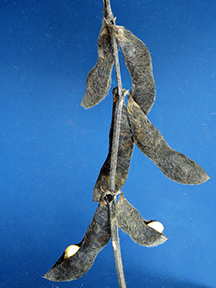 Figure 1. Tips of swollen soybean seeds visible between the two halves of the pod wall. |
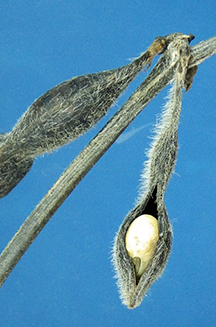 Figure 2. Close-up of swollen seed. The hilum is visible so the seed has detached from the pod wall and subject to shattering. |
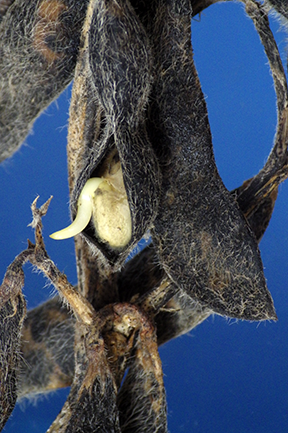 Figure 3. Germinated soybean seed with radicle clearly visible. |
Developing soybean seeds produce several hormones (e.g. abscisic acid). The hormone balance in immature seeds prevents germination. As seeds approach maximum dry weight (physiological maturity) and seed moisture decreases, the hormone balance changes from concentrations that prevent germination to concentrations that allow germination to occur if requirements are met.
After maturity, soybean seeds may germinate while still in the pod if temperature and seed moisture requirements are met. Unfortunately, weather conditions this fall are conducive to premature sprouting of soybean seeds. The Columbia area received at least a trace of rain on 14 of the first 15 days of October. Other regions of Missouri have had similarly wet October weather.
Germination of soybean seeds while still in pods often involves two steps. First, seeds swell to a size large enough to break open the pod. As soybean pods mature, both the pod walls and the seeds inside shrink. Frequent rains, continuous drizzle, or foggy days and nights can bathe the soybean pod in enough water that the water soaks through the pod wall and wets the seeds. Soybean seeds rapidly absorb water and expand, but pod walls enlarge only slightly.
The two halves of the pod wall are sutured together and these sutures can rupture if enough pressure is provided by expanding seeds. Under weather conditions Missouri fields have recently experienced, it will not be uncommon for some seeds to have broken through the pod wall (Figures 1 and 2). If the seeds shrink upon drying and the pod is opened wide enough, seeds will fall from the pod. This is called shattering. Shattering is more common with several wetting and drying cycles.
Once the pod is open the second step involved in germination within the pod can occur. Open pods allow much more water to enter the seed. If air temperature is above 50 F and seed moisture content increases above 50%, germination will begin. Soybean seeds can increase in moisture below 50% and then dry to less than 10% multiple times without causing germination.
But once seed moisture rises above 50%, germination will start. The germination process will continue as long as the weather remains wet. The first visible sign that germination has begun is the elongation of the embryo root called the radicle (Figure 3).
Premature sprouting is quite damaging to soybean grain quality. Sprouted seeds should dry to acceptable moisture before harvest. Seeds that have not germinated remain alive even when dried to 8% moisture or drier. Germinated seeds will die and the small seedlings may break into several parts (Figure 4).
During germination, seeds release enzymes that break down carbohydrates, proteins and fats. This breakdown releases free sugars, amino acids and fatty acids. These simple compounds spoil easily in storage. The soybean seed coat ruptures during germination, and this makes stored grain vulnerable to invasion by fungi and insects. These and other problems decrease grain storage time and grain quality. Grain often is downgraded if sprouted seeds are evident. Sprouted seeds are included in the total damage portion of the GIPSA grain grading standards.
Sprouting on the ear is almost always limited to several rows of kernels at the butt end of the ear because this is where water is trapped. Sprouting may occur from uncovered kernels near the ear tip, but this is far less likely unless weather conditions, such as multiple days of fog or continuous drizzle that keeps kernels constantly wet occur.
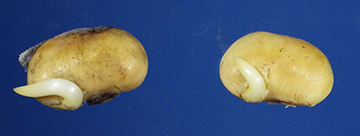 Figure 4-A. Germinated soybeans seeds removed from soybean wall. |
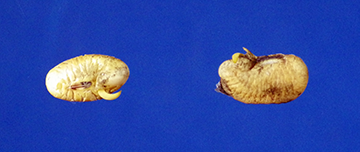 Figure 4-B. Germinated soybeans seeds after 24 hours of drying. Note color changes and breaks in the seed coats. |





